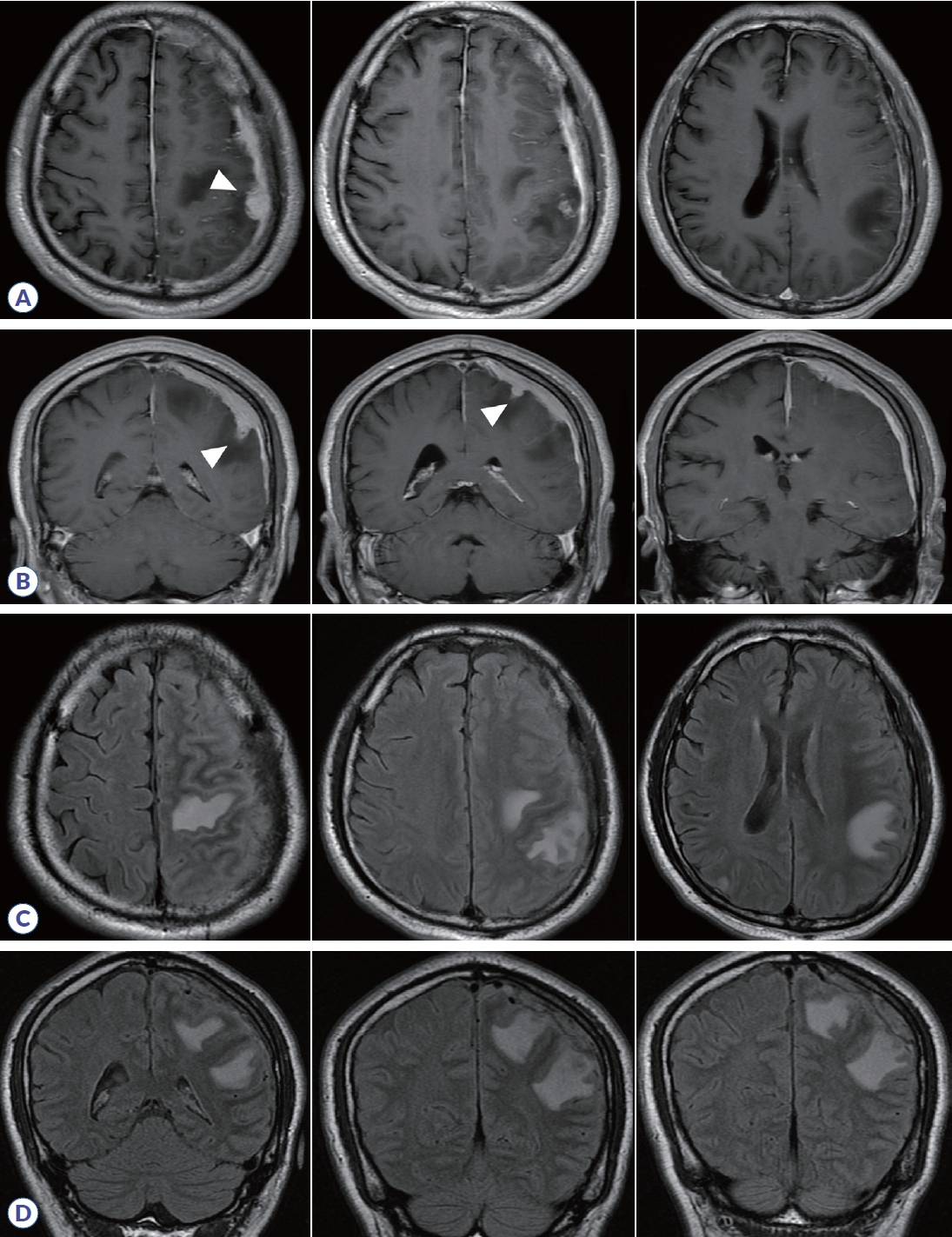| J Mult Scler Neuroimmunol > Volume 15(1); 2024 > Article |
|
NOTES
Conflict of Interest
Kim KH, and Hyun JW reports no disclosures. Kim SH received a grant from the National Research Foundation of Korea and National Cancer Center; consulted and received honoraria from Bayer Schering Pharma, Merck Serono, Eisai, Teva-Handok, Celltrion, and Roche. Kim HJ received a grant from the National Research Foundation of Korea and research support from AprilBio, Eisai and UCB; received consultancy/speaker fees from Alexion, Altos Biologics, AstraZeneca, Biogen, Daewoong Pharmaceutical, Eisai, GC Pharma, Handok Pharmaceutical, Kaigene, Kolon Life Science, MDimune, Merck Serono, Mitsubishi Tanabe Pharma, Roche, and Sanofi Genzyme; is a co-editor for the Multiple Sclerosis Journal and an associated editor for the Journal of Clinical Neurology.
Figure┬Ā1.




 PDF Links
PDF Links PubReader
PubReader ePub Link
ePub Link Full text via DOI
Full text via DOI Download Citation
Download Citation Print
Print



